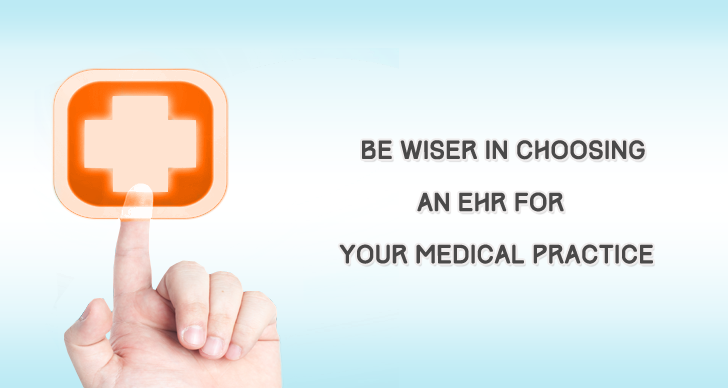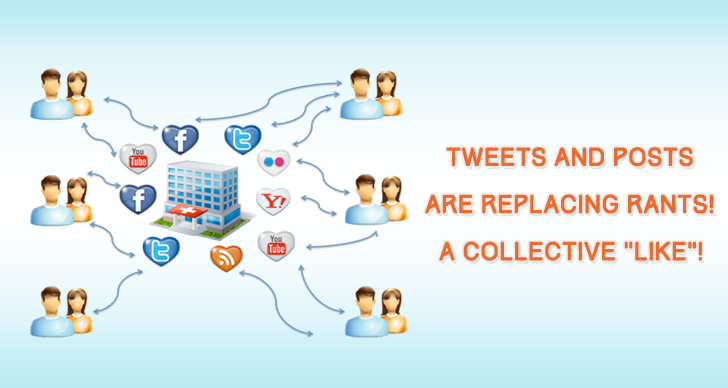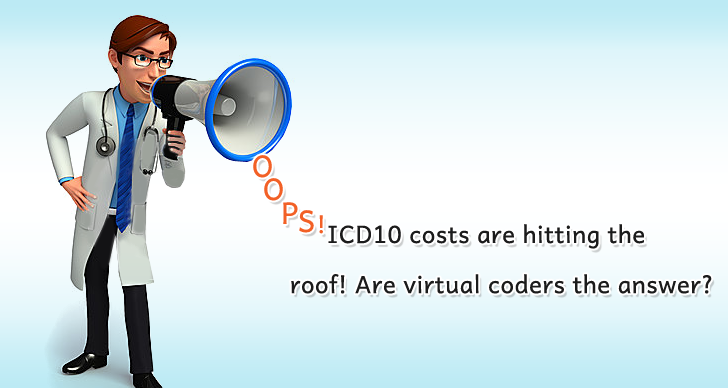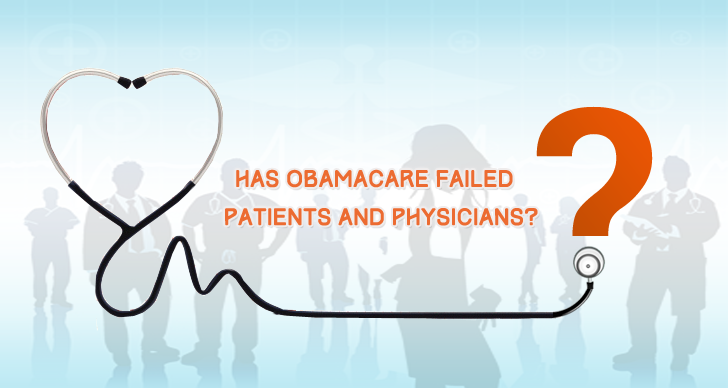Hunting for a right EHR?
Partnering a vendor for your electronic medical/ health record (EMR/ EHR) journey is no easy task for your medical practice. Based on the views of industry experts, I have something to advice you about the common flaws that you might make while selecting an EHR.
The deciding factors:
Various factors including practice size, type of medical specialty, adeptness in adopting advanced technologies, budget, etc. determine the choice of a perfect EMR/ EHR for your clinic or hospital. Keep these criteria in your mind along with awareness on the common mistakes in selecting an EMR/ EHR for your care center.
Errors and Points to consider:
#1: Selection of an EHR vendor with restricted support:
Most of the EMR/ EHR vendors get you tethered through their software selling, but they may direct you to procure the compatible hardware or support from a third party. Don’t get entrapped! Once you encounter a problem one vendor points out the other one, finally putting you in dilemma.
Always prefer a vendor who can provide you the full-scale solutions for your Revenue Cycle Management (RCM) process along with the EMR/ EHR support.
#2: Selection of interfaced systems:
Industry experts state that it is best to go with the fully integrated system with EMR or EHR, practice management and interoperability modules rather than interfaced systems. Handling dual systems for sharing common data like ICD-9/ ICD-10, CPT and HCPCS codes, record templates, etc. mayn’t practically feasible as the vendors state. Inbuilt ticklers and essential clinical alerts in one system can fail to be produced in the other system.
#3: Ignorance on hidden costs:
When choosing an EMR/ EHR, it is crucial to estimate the cost involved in the EHR/ EMR including software purchase, monthly subscription, annual maintenance, software upgrades, hardware costs, installation, implementation, training and any pertinent third-party charges.
So, don’t choose an EMR/ EHR just looking at the initial price label.
#4: Overlooking the worth of specialty templates:
Though self-designed clinical documentation templates fit best for your medical practice, it has several disadvantages:
A. It is an arduous and time-consuming task.
B. All other providers perceive your templates as strange designs.
C. Incorporating the in-house template ideas into software (designed by an external vendor) can be difficult.
Thus, the wiser option is to purchase the customized systems with inbuilt template libraries that best suit your specialty practice needs.
#5: Missing point-of-care modules:
Most EHR/ EMR systems are not focused on point-of-care documentation. The patient data can get duplicated at the pharmacy, frond-end or laboratory – leading to medical errors and even medico-legal complications. This may pose risk to your ROI of EHR/ EMR and intention to adopt the technological advancements like using a tablet or smart phone.
Purchase the exact EMR/EHR and ramp-up the productivity and profitability of your medical practice.









